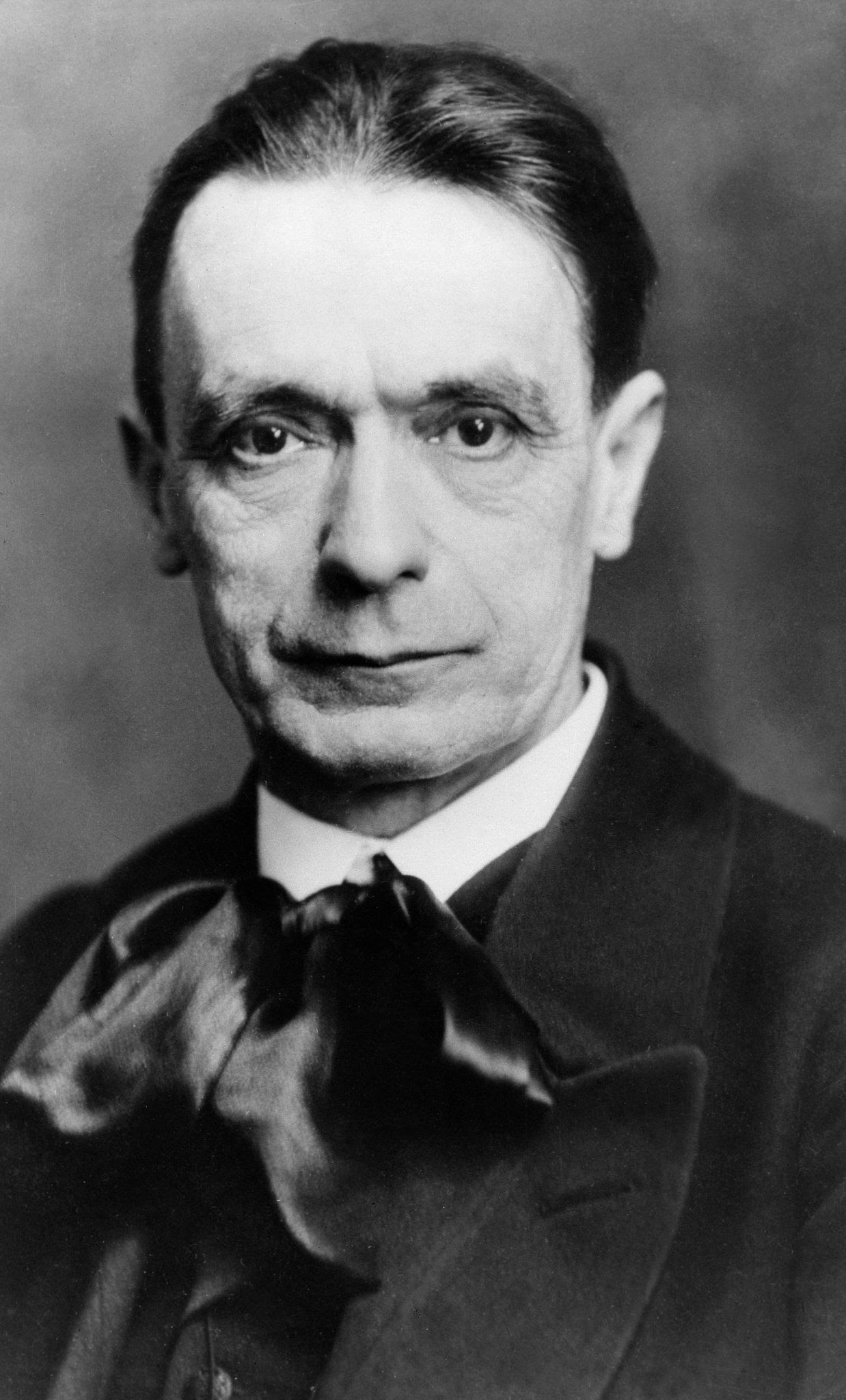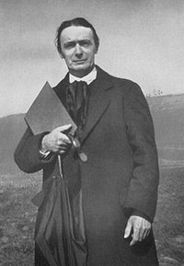About the Book
Who was Rudolf Steiner?
Inspired thinker, educator, mystic, contemplative, reluctant guru, clairvoyant… …the many facets of this man make it hard for the uninitiated to get a single, straight-forward answer to this question, when they start asking it. Sun at Midnight lets Rudolf Steiner’s life and teachings answer the question for themselves, in a clear and straightforward manner, without undue and unnecessary interpretation and the bias it can introduce. Ahern’s open-minded and balanced approach to the subject has allowed him to create the definitive work on the man and the movement he founded, in what has long been the only truly neutral voice on this often controversial subject.

What is the Rudolf Steiner Movement?
Waldorf/Steiner Schools, Biodynamic Agriculture, Camphill Communities for the disabled, the Christian Community churches, Astrosophy, Eurythmy, Speech Formation, the Threefold Commonwealth, Triodos Bank, Spiritual Science, the First Class — these seemingly widely varying movements founded by Rudolf Steiner are held together at their deepest core level by a coherent and comprehensive world-view, which Rudolf Steiner called Anthroposophy. While each of the sub-movements arising from these beliefs is delved into within the book, its great achievement is to explain this underlying system of belief, and its relation to each of the ways in which those beliefs are manifested in the institutions Rudolf Steiner founded.
What is the Western Esoteric Tradition?
The source-spring of everything from Gnostic Christianity to Freemasonry, Kabbalism, Hermetic magic, astrology and alchemy, and even the modern neopagan religions such as Wicca and New Reformed Druidry, the Western Esoteric Tradition is a set of religiospiritual belief systems which have grown out of a common root, within the context of Europe and the Mediterranean region (including the Fertile Crescent and Asia Minor), and independent of the religious and spiritual traditions of India, and Asia. Most of what is considered to be “the occult”, or the initiatory spiritual teachings known to Western thinkers for the past ___ millenia, have stemmed from this tradition of thought and belief.

What is the relevance of the Western Esoteric Tradition?
The two
fundamental influences on the movement were the innovative thinking of Rudolf
Steiner, and the background vocabulary of ideas and concepts in which his mind
was trained, and from which he arose to prominence as a spiritual leader before
founding a movement of his own. That background was the Western Esoteric
Tradition, many of whose most prominent institutions of the time were graced by
Rudolf Steiner’s leadership before he took the step into independence. Others
numbered their leaders among his colleagues and intimate acquaintances, and the
teachers or philosophers who were formative influences upon Steiner’s
world-view as he sought to put his own inner vision into words, in order to
fulfil his driving need to communicate his revelation to others.

